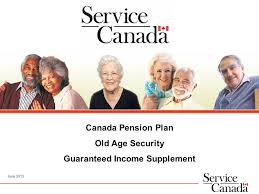“We see these approaches to managing people’s affairs through a private corporation as creating an unfair playing field … We’re trying to tighten these loopholes to make sure that it’s fair.”
Doesn’t sound like taxes for small business owners are going down, does it? The above is from federal finance minister Bill Morneau’s July 18 announcement outlining some of the measures the government is proposing to help level what they perceive to be an unfair playing field.
Since the announcement we’ve been thinking about the potential implications of these changes and digesting comments from a variety of different tax experts. We agree with one expert who opined that “fairness is subject to personal interpretation.”
Unfortunately adhering to these proposed changes won’t be subject to personal interpretation so the bottom line is that we encourage all small business owners, especially those using private corporations in conjunction with saving for retirement or for the benefit of their families as a whole, to seek expert tax advice ahead of these changes coming into effect.
How did this come about?
Taking a step back, the reason that small businesses were given preferential tax treatment in the first place was to encourage them to reinvest in growth opportunities, employ more people, contribute to the Canadian economy in a more meaningful way and that would be good for Canada – hard to argue with that.
Of course all rules, especially tax rules, end up with unintended consequences. The current government feels many small business owners and their families have been taking advantage of opportunities (loopholes) in the legislation that allow for further savings when it comes to their personal taxes. Furthermore, they seem to be particularly concerned about the increased “corporatization” of certain professions that has taken place over the last 10 to 15 years in order to reduce tax bills. As not everyone is a small business owner, the tax advantages are deemed to be unfair to those who aren’t.
What are the specific areas that are deemed to be unfair?
1.) Income sprinkling
Income sprinkling is a strategy where a business owner looks to save tax by distributing income, dividends and capital gains to other members of his or her family in order to take advantage of multiple sets of graduated tax rates (i.e. pay other family members who are in a lower tax bracket) or exemptions, in order to lower the overall family tax bill. Continue Reading…







